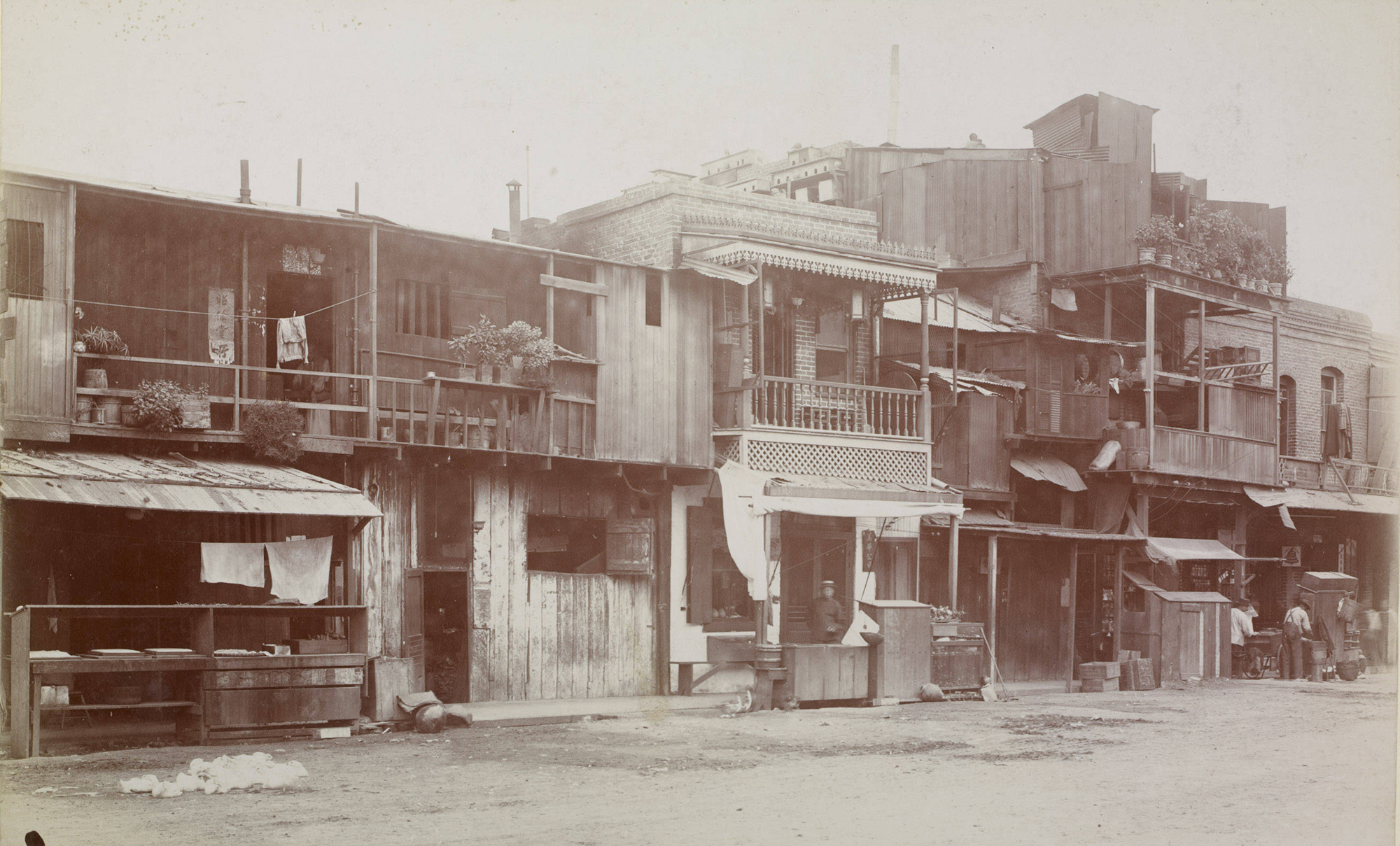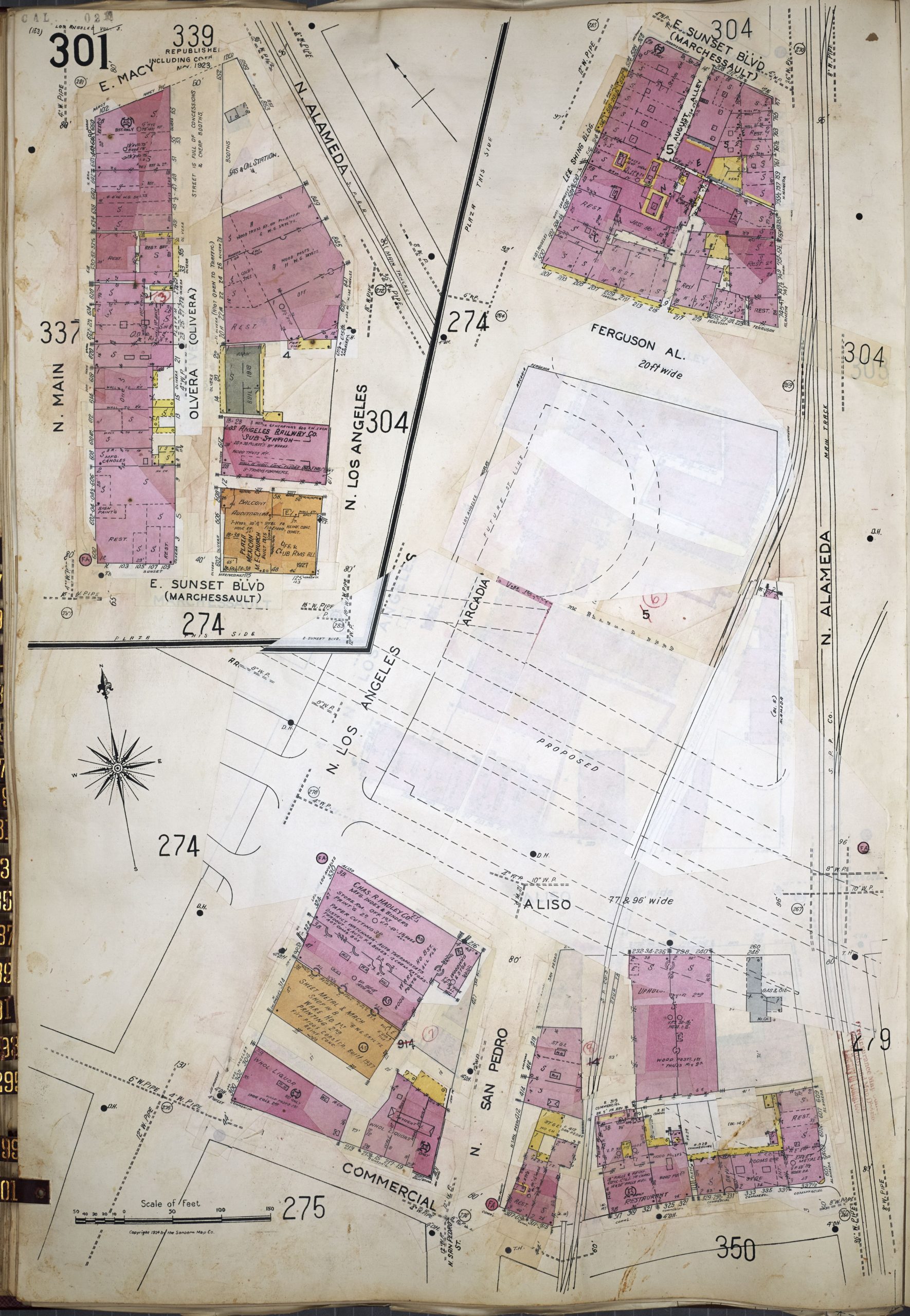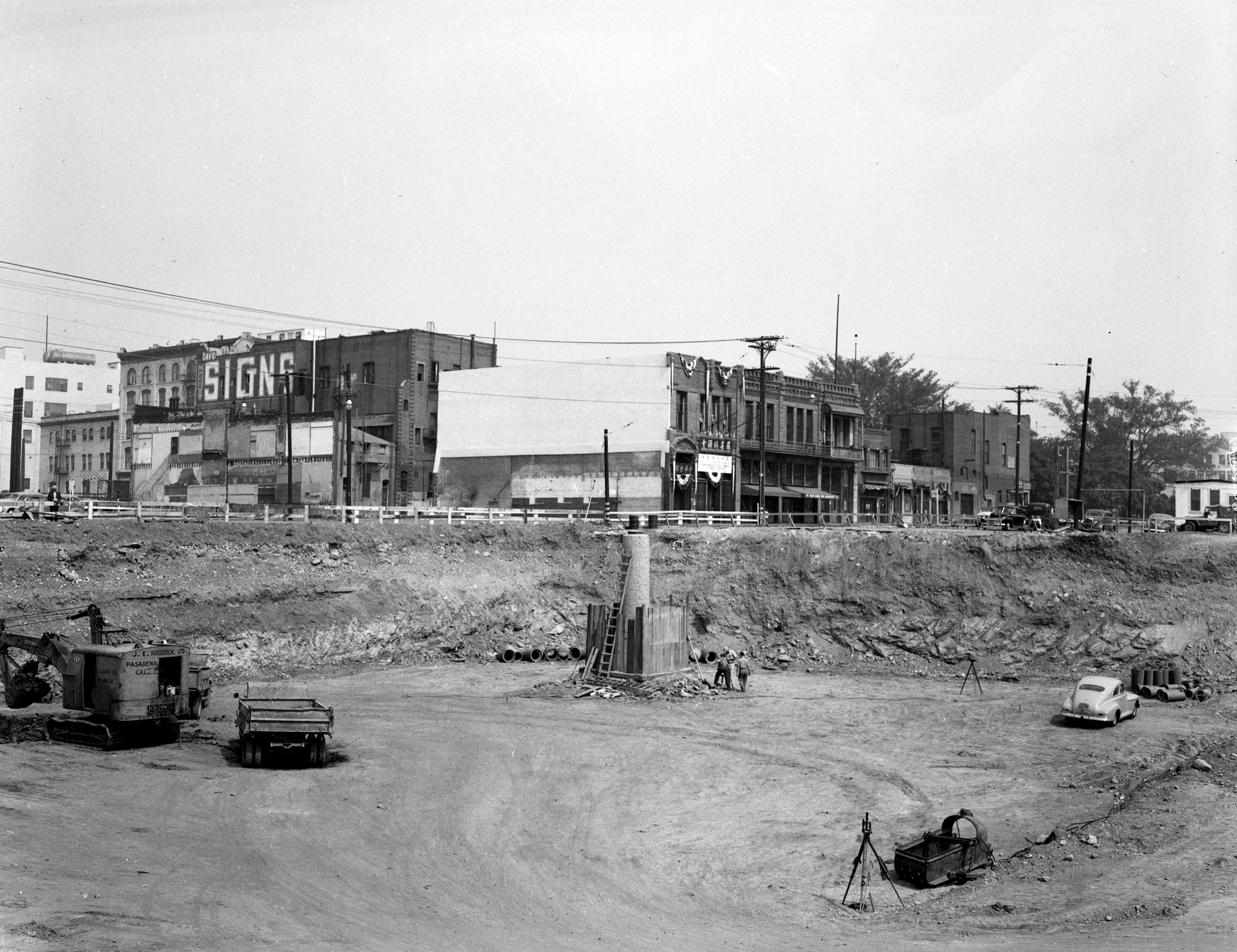It's just disheartening having your own race targeted for discrimination. The Chinese Exclusion Act and the quotas based on race are in the history books and we learned about it in K-12 curriculum, but this was never part of it. I didn't know the extent of the exclusion, how demeaning it can be to a person's spirit.”
EXCLUSION 排華
After more than three decades of harassment, discrimination, and violence toward the Chinese throughout the American West, the U.S. Congress passed the Chinese Exclusion Act in 1882 to restrict Chinese immigration. Not repealed until 1943, it was and remains the only federal law implemented explicitly to prevent both the immigration and naturalization of an ethnic group. The policy of exclusion as well as public racist sentiment dominated the lives of Chinese Americans, and Chinatowns throughout the U.S. became the only realistic option for many Chinese to call home and conduct business.

Play Video





